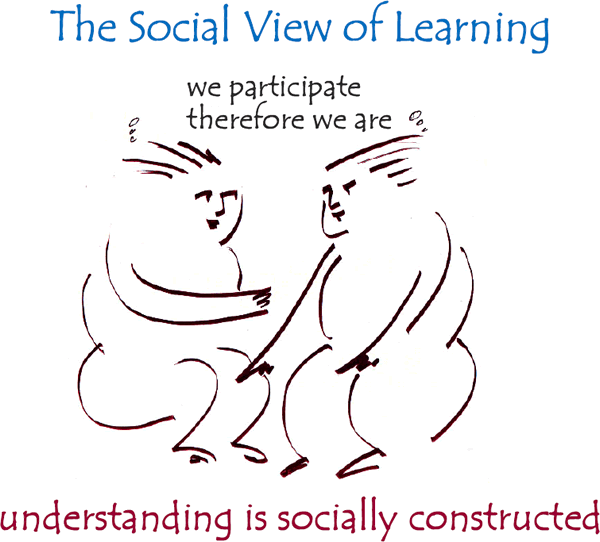Bar set too low for Europe 2020 education goals?
![]() The Europe 2020 strategy, adopted by the European Council in June 2010, is the European Union’s growth strategy for the coming decade. For the EU to become a smart, sustainable and inclusive economy, five key targets have been set, among them the EU’s performance in education. This target aims at reducing the rate of early school leavers below 10% and at increasing the proportion of 30 to 34 year-olds having completed third level education to 40% by 2020. In April 2013, the statistical office of the European Union, Eurostat, released the latest data related to these key objectives, showing that most EU member states made noticeable progress in reducing the rate of early school leaving and increasing the share of people with higher education qualifications. While in 2005, 16% of the population in the EU27 aged 18-24 had at most lower secondary education, in 2012 this number dropped to 13%. As for the tertiary education attainment, 36% of persons aged 30 to 34 had completed tertiary education in 2012, compared with 28% in 2005.
The Europe 2020 strategy, adopted by the European Council in June 2010, is the European Union’s growth strategy for the coming decade. For the EU to become a smart, sustainable and inclusive economy, five key targets have been set, among them the EU’s performance in education. This target aims at reducing the rate of early school leavers below 10% and at increasing the proportion of 30 to 34 year-olds having completed third level education to 40% by 2020. In April 2013, the statistical office of the European Union, Eurostat, released the latest data related to these key objectives, showing that most EU member states made noticeable progress in reducing the rate of early school leaving and increasing the share of people with higher education qualifications. While in 2005, 16% of the population in the EU27 aged 18-24 had at most lower secondary education, in 2012 this number dropped to 13%. As for the tertiary education attainment, 36% of persons aged 30 to 34 had completed tertiary education in 2012, compared with 28% in 2005.
However, there are great disparities between the different countries and between males and females. In Ireland, 51% of 30 to 34 year-olds have completed tertiary education, for only 22% in Italy, Malta and Romania. Cyprus (49.9%), Luxemburg (49.6%) and Lithuania (48.7%) closely follow Ireland. As for the gender divide in the EU27, on average, more women achieved tertiary education than men. Regarding early school leavers, Slovenia takes the lead, with only 4.4% of 18 to 24 year-olds currently not in further education or training, compared with 24.9% in Spain, closely followed by Malta (22.6%) and Portugal (20.8%). Next to Slovenia, the lowest proportions were observed in Slovakia (5.3%), the Czech Republic (5.5%) and Poland (5.7%). In all member states except Bulgaria, women were less likely to become early school leavers than men (11.0% compared with 14.5%). But overall, the indicators published by Eurostat seem to suggest that the bar has been set to low. Twelve member states (Belgium, Cyprus, Denmark, Finland, France, Ireland, Lithuania, Luxembourg, the Netherlands, Spain, Sweden and the UK) already exceeded the 40% share of 30 to 34 year olds with a higher education degree, and twelve member states (Austria, Czech Republic, Denmark, Finland, Ireland, Lithuania, Luxembourg, the Netherlands, Poland, Slovakia, Slovenia and Sweden) have early school leaving rates below the 10% target. Furthermore, eight countries (Denmark, Cyprus, Latvia, Lithuania, Luxembourg, the Netherlands, Finland and Sweden) already met or exceeded their national-specific goals, defined country-by-country in order to meet the EU average. The easy attainment of the EU education targets, seven years early, may suggest that the bar has been set too low for many countries. But the averages of 36% and 13% show that there still is some way to go before the EU reaches the headline goals of 40% and 10% respectively. Europa - News Release. Eurostat.






/https%3A%2F%2Fprofilepics.canalblog.com%2Fprofilepics%2F1%2F0%2F1076071.jpg)